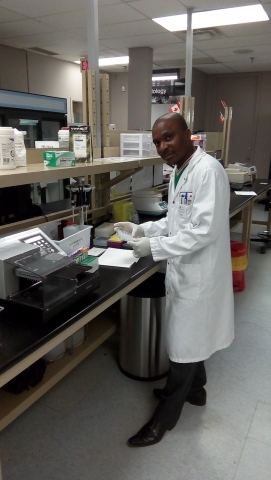
Resources on Cancer
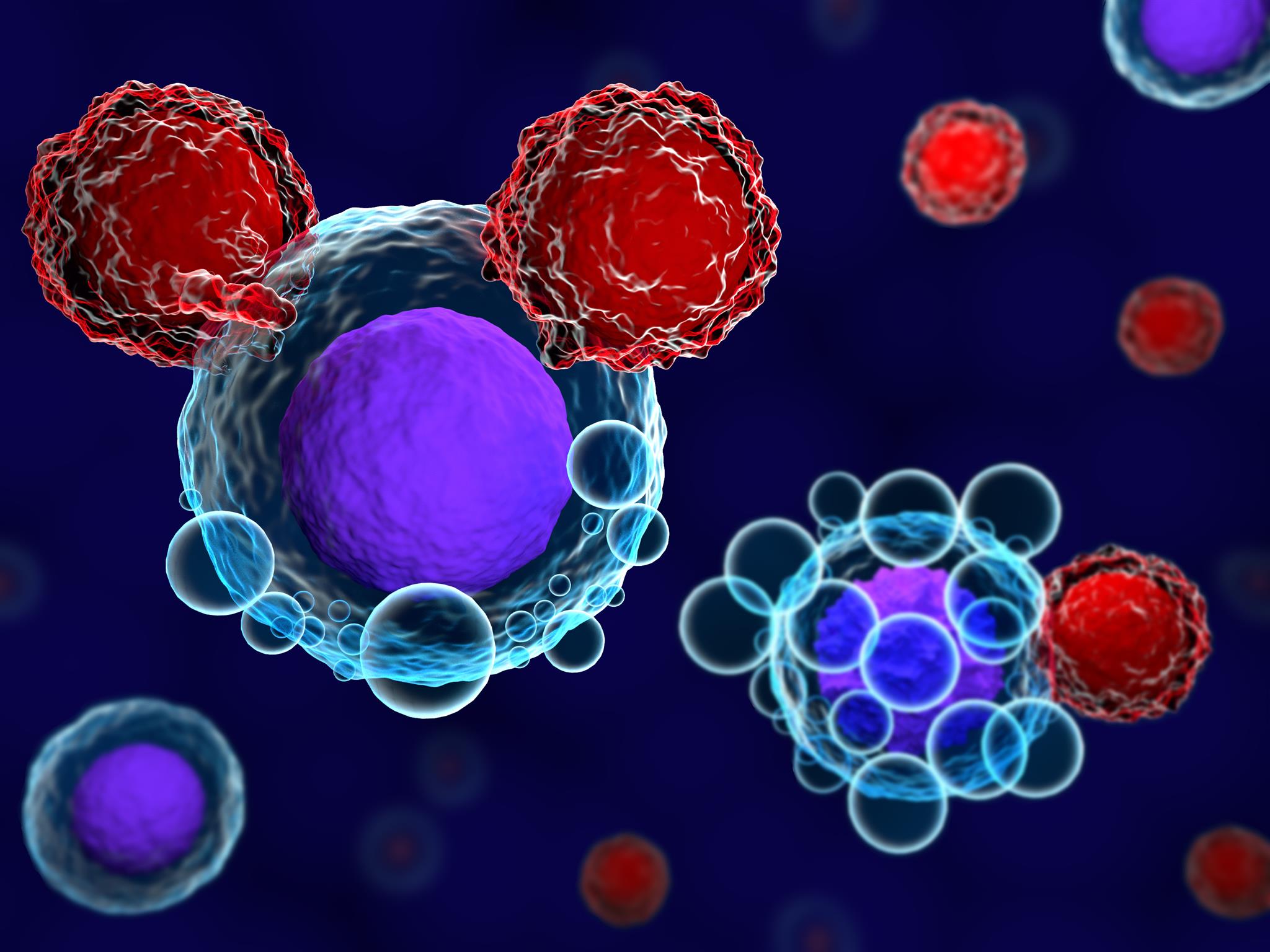
T cells attacking and killing cancer cells (Meletios Verra, iStockphoto)

T cells attacking and killing cancer cells (Meletios Verra, iStockphoto)
How does this align with my curriculum?
| Grade | Course | Topic |
|---|
Cancer is a terrible disease that affects more than 200 000 Canadians every year. There are hundreds different types, attacking different parts of the human body. All cancers happen when our cell's replication system doesn't work properly. This cause our cells to grow out of control. Cancerous tumors are made from those defective cells. How this happens is not always clear.
People can reduce their risk of cancer by avoiding known carcinogenic (cancer-causing) elements such as prolonged exposure to the Sun, smoking and some chemical products. Cancer can also have a genetic basis, so knowing your family's history of cancer is important. We still do not know as much about cancer as we would like, which makes it hard to predict when and how it will strike.
Current available treatments include chemotherapy, radiotherapy and immunotherapy. The choice on the best treatment depends in the type of cancer, its stage and the health of the patient. However, there is still lots of work needed before we can find better solutions for detecting, preventing and treating cancers. This is why so many scientists and researchers are working hard every day across the country, saving lives behind the scenes.
Below you will find some Let’s Talk Science resources to help you learn more about cancer.
Articles & Backgrounders

Why Do So Many People Get Cancer?
STEM Explained
We all know someone who has been affected by cancer. What causes cancer? Why is it getting more common?
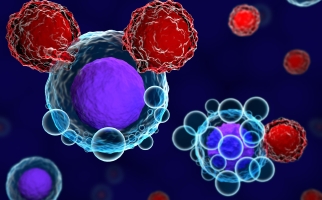
Can Your Own Cells Cure Cancer?
STEM Explained
When a person has cancer, CAR-T Therapy uses their own cells to destroy the cancer cells in their body.
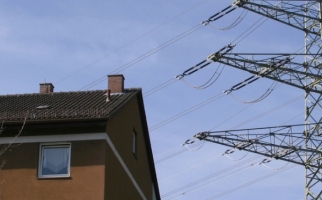
Does Living Near High-Voltage Power Lines Cause Cancer?
STEM Explained
Learn about the risks of electromagnetic radiation near high-voltage power lines.
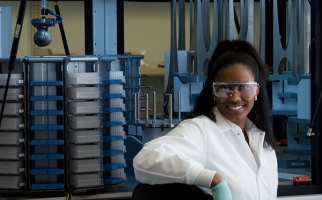
Helping Patients through Drug Discovery
STEM Explained
Learn how researchers from Amgen are developing new drugs for cancer.
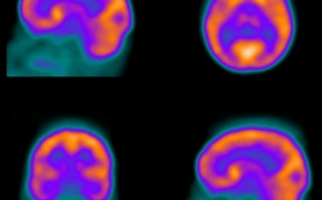
Innovations in Nuclear Technologies
STEM Explained
Learn about why Canada is a world leader in nuclear technology.

Radiation Effects on Cells & DNA
Backgrounders
This backgrounder explains the effects of radiation on cells and DNA.
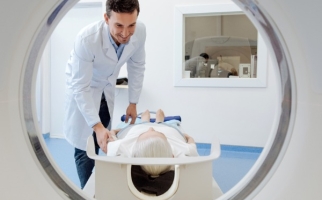
Computed Tomography
Backgrounders
Learn about the history, function, uses, benefits and risks of computed tomography (CT) as a medical imaging technology.

Gamma Rays: Helper or Hazard?
STEM Explained
Gamma rays might make you think of cancer, harmful radiation or superheroes. But gamma rays have lots of uses: food safety, manufacturing and even medicine!

Exploring Canada’s Particle Accelerators
STEM Explained
Particle accelerators have amazing applications - from growing food to making airplanes safe.
Careers
Learning about the professionals involved is ideal to establish relations between STEM studies and skills, and the real world. Below are some suggested career profiles to show the variety of people working in cancer research.

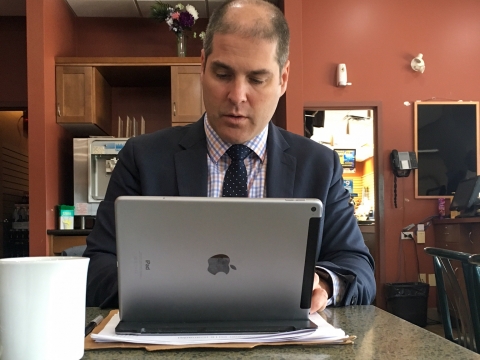
Teaching Resources
- What is cancer?
- What causes cancer?
- Why is it so hard to find a cure for cancer?
- What treatments are currently available?
- What do you know about HPV and its vaccine?
-
You can use the KWL: What I Know, What I Want to Know, and What I Learned Learning Strategy to introduce the topic.
-
Initial discussion
-
Using the questions above, discuss the topics with students. This can be done in the classroom or online, you can also have an asynchronous discussion by using a collaborative platform in which students can share their thoughts and opinions on the different questions. This option gives more space for introvert expression.
-
-
Articles
-
Teaching suggestions for can be found at the bottom of each of the articles. Learning strategies can also be used with the suggested videos.
-
Questions for Discussion with Students
- What is cancer?
- What causes cancer?
- Why is it so hard to find a cure for cancer?
- What treatments are currently available?
- What do you know about HPV and its vaccine?
Teaching Suggestions
-
You can use the KWL: What I Know, What I Want to Know, and What I Learned Learning Strategy to introduce the topic.
-
Initial discussion
-
Using the questions above, discuss the topics with students. This can be done in the classroom or online, you can also have an asynchronous discussion by using a collaborative platform in which students can share their thoughts and opinions on the different questions. This option gives more space for introvert expression.
-
-
Articles
-
Teaching suggestions for can be found at the bottom of each of the articles. Learning strategies can also be used with the suggested videos.
-